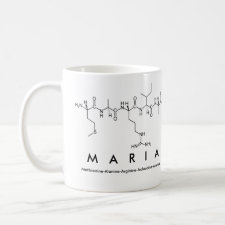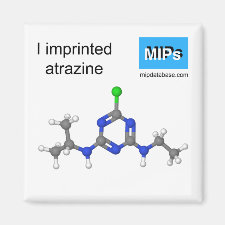
Authors: Ruiz-Córdova GA, Villa JEL, Khan S, Picasso G, Del Pilar Taboada Sotomayor M
Article Title: Surface molecularly imprinted core-shell nanoparticles and reflectance spectroscopy for direct determination of tartrazine in soft drinks.
Publication date: 2021
Journal: Analytica Chimica Acta
Volume: 1159
Article Number: 338443.
DOI: 10.1016/j.aca.2021.338443
Alternative URL: https://www.sciencedirect.com/science/article/pii/S0003267021002695
Abstract: The present work shows the synergistic application of reflectance spectroscopy and core-shell molecularly imprinted polymer (MIP) for rapid quantification of tartrazine in soft drinks. Studies evaluated the performance of the MIPs synthesized in the presence of silica nanoparticles unfunctionalized and functionalized with [3-(methacryloyloxy)propyl]trimethoxysilane. Although the use of functionalized silica nanoparticles promoted the highest adsorption capability of tartrazine, the material was found to be less selective when it was applied in real samples. Interestingly, the most accurate results were obtained via the application of the MIP synthesized in the presence of unfunctionalized silica nanoparticles (SiO2@MIP). The optimized core-shell MIP was also characterized by Raman spectroscopy and scanning electron microscopy. The use of direct reflectance spectroscopy in the analyte detection strategy after the template extraction from the MIPs resulted in faster and more accurate results than conventional UV-Visible spectroscopy. With regard to the analysis of the soft drink samples, no significant differences were found between the results obtained from the proposed reflectance spectroscopy-based technique and those obtained from the comparative high-performance liquid chromatography technique. Under optimized conditions, this method displayed a linear range of 1.0-12.5 μmol L-1 with LOD and LOQ values of 0.303 and 1.0 μmol L-1, respectively. The selectivity factor (β) ranged between 1.4 up to 264 showed better recognition of tartrazine in front of other dyes. Based on the results obtained, the proposed method is found to be suitable for rapid determination of tartrazine in food samples with complex matrices without the need of applying tedious sample preparation and cost-demanding instruments
Template and target information: tartrazine
Author keywords: Diffuse reflectance, Precipitation method, silica nanoparticles, MIP, HPLC, Acid yellow 23



Join the Society for Molecular Imprinting

New items RSS feed
Sign-up for e-mail updates:
Choose between receiving an occasional newsletter or more frequent e-mail alerts.
Click here to go to the sign-up page.
Is your name elemental or peptidic? Enter your name and find out by clicking either of the buttons below!
Other products you may like:
 MIPdatabase
MIPdatabase









